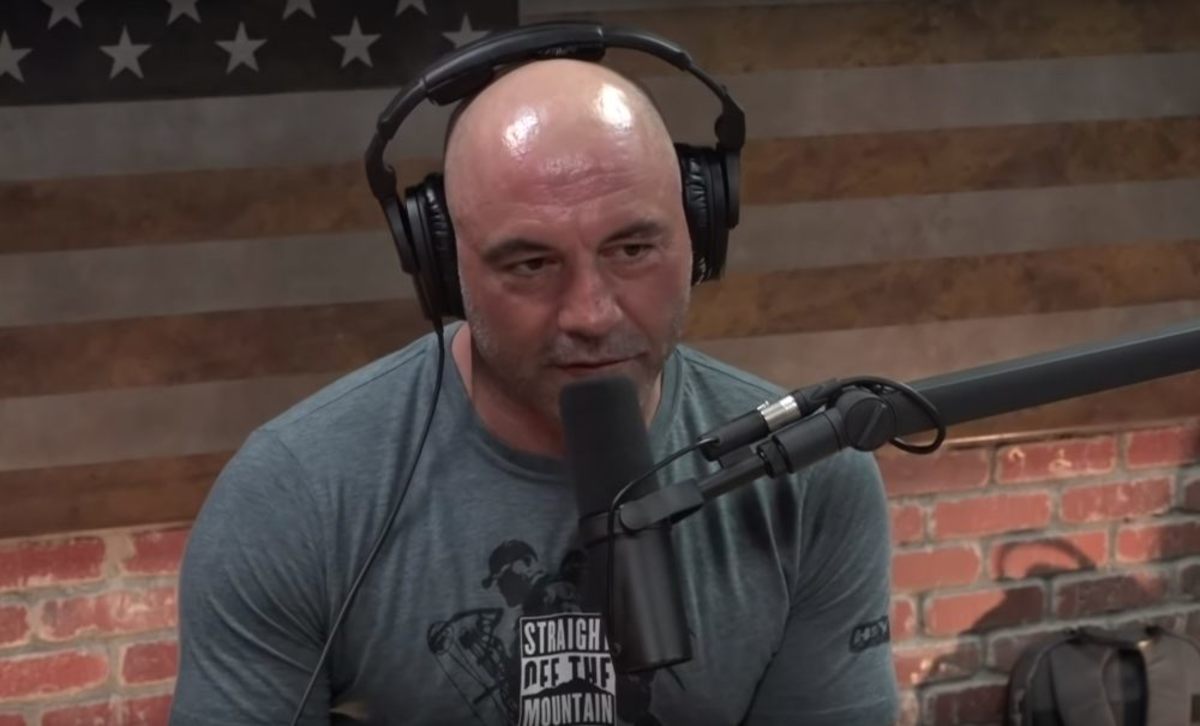So you’ve got a group of pals together, a great movie, album or conspiracy theory to discuss – how about the gear? Here’s a list of podcast equipment essentials you should consider:
- At least 1 decent microphone
- An audio interface
- A small mixer/mixing desk
- Closed-back headphones
- A headphone amp
- Desktop mic stand(s)
- Microphone pop-shield(s)
- Acoustic treatment
What’s the best microphone for podcasting?
Podcasts are largely spoken and conversational. You’ll need a microphone that’s got a good vocal response, especially at low levels. This will mean that you get a clear spoken voice sound without unwanted noise.
You’ll also want to consider connectivity and how many people your podcast will feature. If it’s a solo podcast, a single microphone will do the trick. You’ll also be able to easily connect to your computer or recording device, either with XLR or USB directly. Check out our selection of USB/mobile device microphones here.
If you’ll be podcasting as a group, consider multiple microphones or perhaps a single mic that’s good at picking up multiple sound sources. This will make mixing a little bit harder though! For group podcasts, a dynamic mic per person is the most common setup. Here’s a selection of well-known models as well as some fresh releases:





.jpg?w=400&h=400&&fit=fill&bg=FFFFFF)




























Responses & Questions